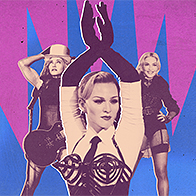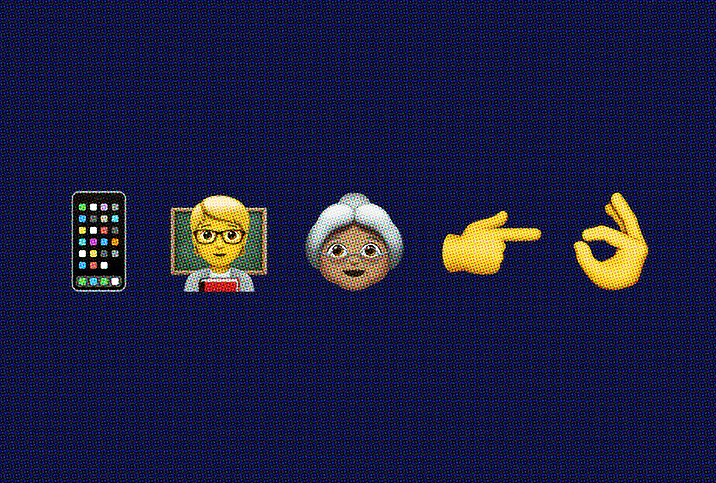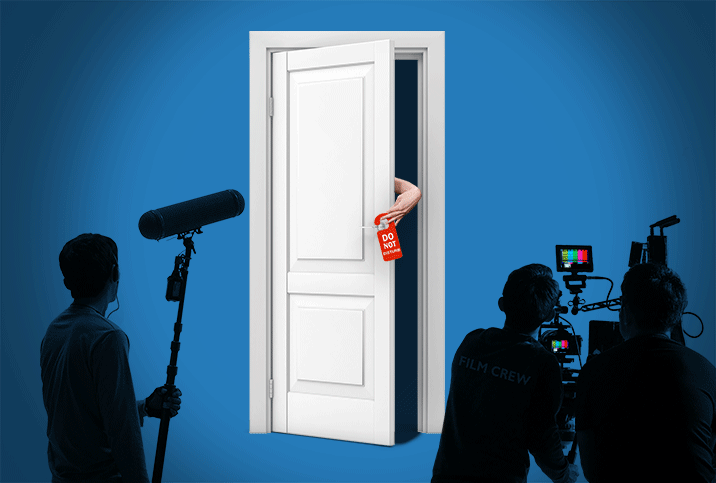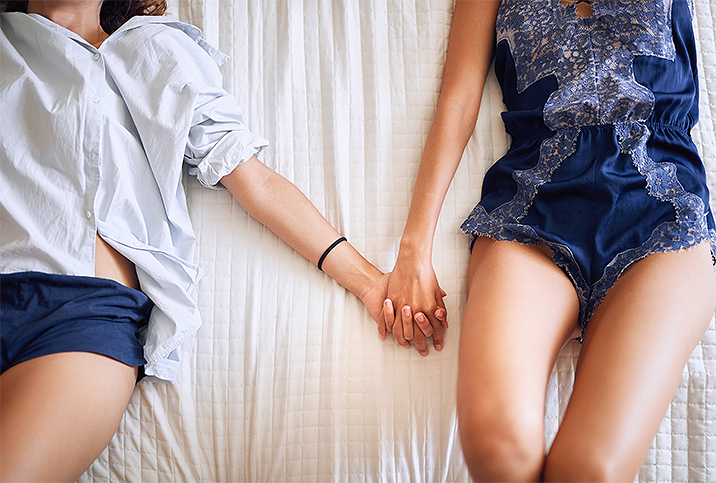The Anti-Aspirational Sex of 'Girls'

I grew up picturing my 20s as a series of sexual adventures I could turn into steamy stories (let's blame Carrie Bradshaw for that). So it was pretty disappointing to grow up and learn that those moments were often fleeting or disappointing, and that even consensual sex could go terribly wrong, and do lasting damage.
I wasn't always looking for romance, per se, but I romanticized sex in a way that often ended in tears. Luckily, there was "Girls," which made its splashy debut on HBO in 2012, to show me that wading through pain and chaos on the path to sexual empowerment was still a valid way to get there, whether it made for a good story or not. It wasn't just that the sex was super-graphic, as HBO productions can famously be. The sex on "Girls" was hyperrealistic, decidedly unglamorous and often problematic.
One scene in the second season ensnared the internet in a bitter debate about the line between bad sex and rape. A lot of the sex was much more kinky and primal than what TV audiences were used to, and it caused quite a stir, generating breathless thinkpieces throughout the show's run.
'Girls' gave more emotional weight to these encounters and how they might be experienced through young women's eyes, rather than just playing them for laughs.
Usually, sex on TV is shown in a stylized and aspirational way, not unlike the characters' fancy cars and careers. Consider the urgent hospital hookups of ABC's endless soap opera "Grey's Anatomy," or, to make the inevitable comparison to "Sex and the City," the landmark hit with boring beauty standards, few visible condoms and where many simultaneous orgasms, a real-life rarity, took place.
"Girls," was a welcome reprieve from "Sex and the City." That same sex was a pillar of its success. It felt much more familiar to its audience of emerging adults than anything else on TV, from the creepy pillow talk to STI scares.
There are plenty of portrayals of bad sex on TV, but they usually have a more "slapstick" vibe, said Heather Schwedel, a culture writer at Slate. "Girls," on the other hand, "gave more emotional weight to these encounters and how they might be experienced through young women's eyes, rather than just playing them for laughs."
Heartbreaking and hilarious
"Girls" creator Lena Dunham was always intent on exploring the emotional muck of early adulthood. Her show was born from a famously casual pitch she made to HBO execs at age 23, which she once described as a "tone poem about millennial life." In it, Dunham describes the daunting and disorienting task of figuring out who you are after school dumps you into the real world.
"The resulting period of flux is heartbreaking and hilarious and way too human," she wrote. "It's humbling and it's sexy and it's ripe for laughs." Dunham captures the bittersweetness of that strange age: grown enough to know what you want in bed, but still too young to pick the right partners. Her willingness to depict the pain and pleasure of that tension, especially in the on-and-off relationship between her character, Hannah, and Adam (played by the utterly original Adam Driver) created a truly singular show, even if it was often hard to watch.
When I first saw it nearly 10 years ago, "Girls" asked me to stay present and stare down the kind of sex I was having—and dissociating from—in real life. It was the sex I wasn't sure I wanted, but that made me feel wanted. The sex where I wasn't remotely aroused, but my partner would push my hand away if I tried to reach down because he was such a clueless lover. The sex that involved crossed wires of all kinds.
Jessica Meredith, a fellow viewer, also felt like the sex on "Girls" was a painfully accurate reflection of her experiences. She was the same age as the main characters during the show's run in the mid-2010s, and at the time, she felt like she'd hit a wall between lofty expectations and reality when it came to sex and dating. For Meredith and her fellow 20-something friends, at a time when sex was new or new-ish for them, they'd felt conditioned by pop culture to expect casual sex to be "magical and mind-blowing" without really demonstrating what goes into making that happen.
But "Girls" was an exception to the rule, showing sex "in its true forms at times, where it could be lackluster and it seems like you're just there for [a guy's enjoyment]," said Meredith, who is a pansexual woman. "I've experienced a lot of those situations." There can be an odd mix of relief and horror that comes with seeing your sex and dating nightmares depicted on screen.
The lessons of laughter
As the show slips into history, many will remember "Girls" for the constant controversy its creator was embroiled in during its run. But for those of us who saw our lived experiences reflected in the show, especially the ugly ones, there is still so much gratitude for being shown so explicitly that a sexually liberated life won't unfold without wrinkles. Owning your sexuality in your 20s is euphoric and surreal and humiliating and humbling, sometimes all at once. Then and now, "Girls" got it right.
For all of its drama, laughter is among the most potent lessons imparted by "Girls," a comedy at its core. Fans of the show aren't supposed to aspire to be like its characters. We're supposed to want better for ourselves the way we want better for them, and not take our stumbles too seriously.
And as for all the strange, cringey sex? Schwedel sees it as being embedded in the "Girls" DNA. "It was a show about finding your way in the world as a clueless young woman, and sex is no small part of what makes being an adult confusing."
Sometimes, the only thing that keeps us going in life is laughing through the sloppy sex, the awful dates, and all the mistakes we can't stop making. At least there's often love along the way.




















